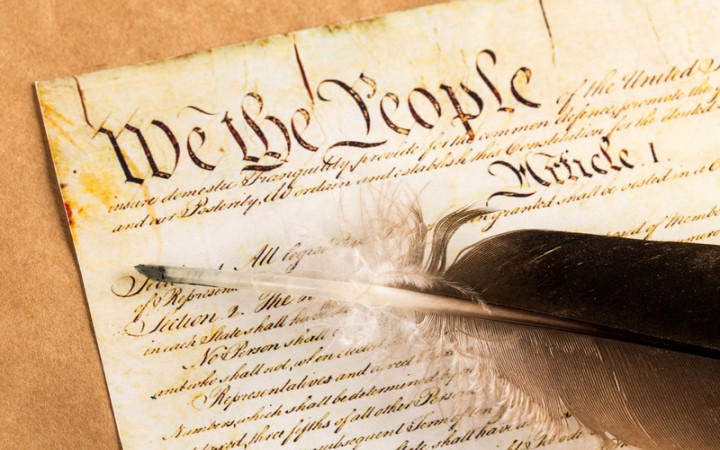Today’s Wonder of the Day was inspired by Laura . Laura Wonders, “What are checks and balances?” Thanks for WONDERing with us, Laura !
When you grow up, do you want to be President of the United States? That's a dream that many young children have. Of course, very few actually see that dream come true.
You may have heard the President of the United States referred to as the leader of the free world. It's a position that certainly comes with a lot of power. Even if your dream of becoming president doesn't come true, that doesn't mean that you can't be an influential part of the government.
There are many different types of positions within the United States government. For example, there are Senators, Representatives, and even Supreme Court justices. Do any of these jobs sound appealing?
Although they might not sound as powerful or glamorous as being President of the U.S., they're important jobs that probably carry more prestige and influence than you realize. In fact, that's exactly why our founders set up the government the way they did.
To create a lasting government of the people and by the people, our founders drafted the U.S. Constitution. The Constitution is the foundational document that lays out the framework for the federal government, including what powers it has and what powers are reserved by the states.
The Constitution created a federal government structure that divides power between three branches of government: executive, legislative, and judicial. Each branch has a primary responsibility in terms of how it interacts with our nation's laws.
The executive branch is tasked with enforcing the laws of the land. The legislative branch makes the laws. The judicial branch interprets the laws to ensure they are consistent with the Constitution.
Which branch of government is the most powerful? Although many people believe one branch or another is the most powerful, depending upon how they're looking at things, the truth is that there is a separation of powers created by our founders intended to ensure that no branch would be more powerful than the others.
Our founders ensured that power would be shared equally amongst the branches by creating a system of checks and balances in the Constitution. As the name suggests, this system allows each branch to check the others to create a balance of power.
Practically, the system requires the branches of government to work together to run the country. For example, the legislative branch makes laws, but the President can veto a law and the Supreme Court can decide that it's unconstitutional. Although it might sound like the legislative branch has less power, Congress can override a presidential veto with enough votes.
The President exercises some oversight of the judicial branch by being responsible for appointing members to the Supreme Court and other federal courts. The legislative branch has its say, though, by being responsible for approving the President's nominations.
Congress also controls the federal budget, which helps to check the executive branch's control over its various departments and agencies that enforce and administer federal laws. Although the President can execute Executive Orders, which are proclamations that are like laws, the judicial branch can rule such orders unconstitutional. Ultimately, the legislative branch also has the power to impeach the President and remove him from office.
As you can see, each branch of the government has certain duties and responsibilities that overlap with the duties and responsibilities of the other branches. As they work together to accomplish their goals, the three branches of government check each other and balance the power of the government across all three branches.





